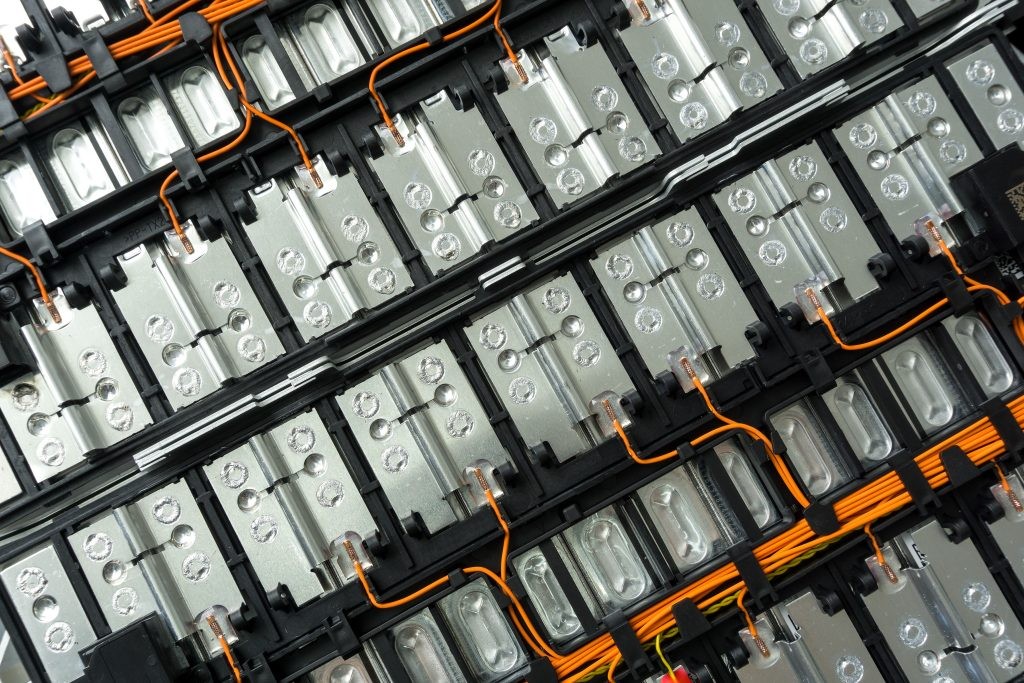This article first appeared on the BNEF mobile app and the Bloomberg Terminal.
- Behind-the-meter storage to make up 56% of total by 2030
- $30 billion required in residential storage between 2016-30
Cumulative energy storage deployments by segment
Source: Bloomberg New Energy Finance. Note: System-level refers to projects that provide system services independent of where they are connected to the grid.
Utility-scale storage will be built to provide system-level services in the near term, but aggregating behind-the-meter energy storage becomes a viable alternative as the market for customer-sited storage grows. By 2030, behind-the-meter systems will represent over half of total capacity. These systems can also provide services such as frequency regulation and peaking capacity, on top of the savings they generate for customers. Aggregators will enable residential and C&I owners of storage to bid their capacity into these markets and generate additional revenue. An increasing number of examples of this exist, such as Tesla Inc.’s partnership with Vermont utility Green Mountain Power Corp.
See the full research report here.
BNEF Shorts are research excerpts available only on the BNEF mobile app and the Bloomberg Terminal, highlighting key findings from our reports. If you would like to learn more about our services, please contact us.







